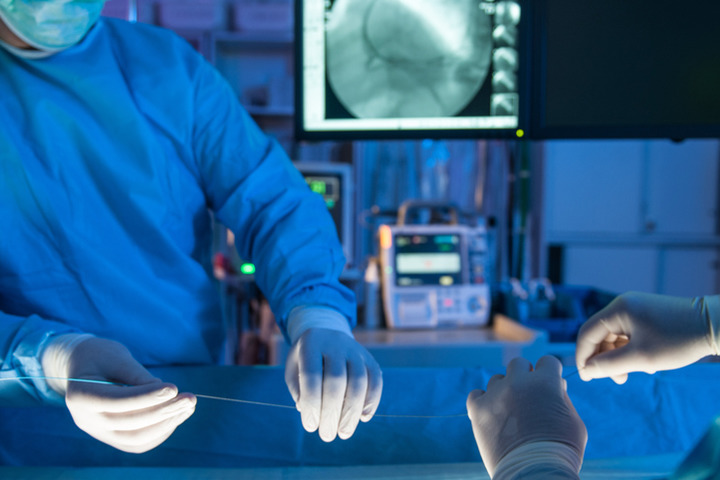
What is cardiac transplantation? An overview
Cardiac transplantation is the surgical procedure in which a seriously ill heart is replaced with a healthy organ from a deceased donor
The surgical technique used in almost all cases is what is known as orthotopic, indicating that the transplanted organ is placed in the same position as the native one.
What are the indications for cardiac transplantation?
Today, cardiac transplantation is the decisive therapy for a number of extremely serious heart diseases in which alternative pharmacological and non-pharmacological therapies are no longer able to ensure adequate survival and/or quality of life.
The heart diseases that lead to cardiac transplantation in the most severe cases are ischaemic heart disease, in patients with very extensive or multiple infarcts, cardiomyopathies (primary diseases of the heart muscle, with no known identifiable cause), some heart valve diseases and some congenital heart diseases.
Rarer cases are represented by certain arrhythmic diseases and even more infrequently by diseases characterised by the accumulation in the heart muscle of substances that impair its function.
There are of course also contraindications, which can be summarised as being over 65 years of age at the time of listing (although in individual cases, even older but ‘biologically’ younger patients have been transplanted) and the presence of serious associated pathologies (some cases of diabetes, chronic respiratory diseases, history of cancer in the last 5-10 years due to the high risk of recurrence of the neoplastic disease in the presence of immunosuppressive therapy).
What are the results of cardiac transplantation?
Since the introduction of cyclosporine in immunosuppressive therapy more than 20 years ago, the results of cardiac transplantation are excellent, with distant survival and above all a very good quality of life.
QUALITY AED? VISIT THE ZOLL BOOTH AT EMERGENCY EXPO
Many patients of working age are able to return to their previous occupation, while in the area of recreation, sport and leisure, nothing is precluded from cardiac transplant recipients.
What are the specific problems of cardiac transplantation?
The main problems are essentially
- the scarcity of donations, with a consequent disproportion between the number of patients on the waiting list and the number of operations performed each year (currently just over 3,000 a year worldwide, about 300 a year in Italy, with an average of more than double the number of patients on the waiting list). A corollary of what has just been said is the unpredictability of the waiting period on the list, without prejudice to the priority that all Transplant Centres assign to the most serious patients;
- the need, in the first 12 months after surgery, for frequent and close clinical and instrumental checks, including invasive ones (endomyocardial biopsy), for the surveillance, prevention and/or treatment of the most dreaded complications in this phase, namely infections and acute rejection;
- the need to prolong immunosuppressive therapy throughout the patient’s life, since the problem of rejection, although more common and more relevant in the first year after transplantation, is always present;
- some of the undesirable effects of immunosuppressive therapy, in particular in relation to cyclosporine (high blood pressure, renal failure, hirsutism), steroids (high blood pressure, diabetes, osteoporosis) and azathioprine (higher risk, in the long term, of skin cancer, especially in the presence of excessive sun exposure).
Read Also:
Emergency Live Even More…Live: Download The New Free App Of Your Newspaper For IOS And Android
What Is The Difference Between Pacemaker And Subcutaneous Defibrillator?
Heart Disease: What Is Cardiomyopathy?
Inflammations Of The Heart: Myocarditis, Infective Endocarditis And Pericarditis
Heart Murmurs: What It Is And When To Be Concerned
Broken Heart Syndrome Is On The Rise: We Know Takotsubo Cardiomyopathy
Cardiomyopathies: What They Are And What Are The Treatments
Alcoholic And Arrhythmogenic Right Ventricular Cardiomyopathy
Difference Between Spontaneous, Electrical And Pharmacological Cardioversion
What Is Takotsubo Cardiomyopathy (Broken Heart Syndrome)?
Dilated Cardiomyopathy: What It Is, What Causes It And How It Is Treated
Heart Pacemaker: How Does It Work?
World Heart Day 2022: Moves For A Healthy Heart
Heart Disease Facts And Statistics: What You Need To Know


